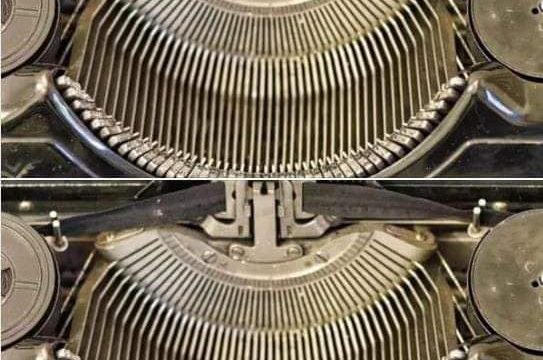Can You Solve This Simple Challenge? The Answer Might Surprise You!

Let’s talk about a puzzle that’s got the internet buzzing—one of those deceptively simple math challenges that makes you pause and think. The problem at hand is:
3 * 2 / (1 + 1) = ?
It looks straightforward, right? But before you answer, take a moment to consider the order of operations. Getting the correct answer depends entirely on following this rule properly.
Breaking Down the Math
This is an example of how a basic understanding of arithmetic can help you see things more clearly. The challenge here lies in how we tackle the operations presented to us. In mathematics, there’s an important rule called PEMDAS—this stands for Parentheses, Exponents, Multiplication and Division (from left to right), and Addition and Subtraction (from left to right).
Applying PEMDAS to our problem, we proceed step by step:
- Parentheses First:
The first thing to handle is the expression inside the parentheses:
(1+1)=2(1 + 1) = 2 - Multiplication and Division (Left to Right):
Now we substitute back into the original expression:
3∗2/23 * 2 / 2 - Proceeding Left to Right:
Since multiplication and division have the same precedence, we perform them from left to right:
3∗2=63 * 2 = 6
Then divide:
6/2=36 / 2 = 3
The Answer Is…
So, the correct answer to the challenge 3 * 2 / (1 + 1) is 3.
Common Missteps
If you got a different answer, don’t feel bad—this kind of problem tends to trip people up because it’s easy to overlook the order of operations. Some might jump straight into multiplying 3 and 2 to get 6 and forget to divide properly afterward, or incorrectly handle the operations after calculating the value inside the parentheses.
Why Is Order Important?
Understanding the order of operations is essential not just for solving math puzzles like this one, but for understanding more complex mathematical problems in general. Without a consistent order, everyone might end up with different answers to the same question, which could be disastrous in fields that depend on precise calculations, like engineering or science.
A Fun Way to Practice
Puzzles like this are fun, quick ways to keep your mind sharp and to reinforce your understanding of basic arithmetic rules. They can also be great to share with friends or family to see how well everyone remembers their school math lessons!
So, did you get it right? If not, don’t worry—consider it a great reminder of why PEMDAS is so helpful. Next time you see a similar problem, you’ll be ready to solve it with ease.





